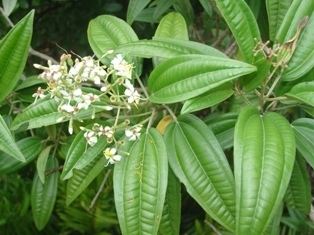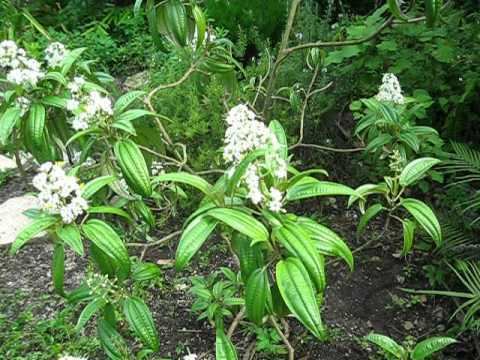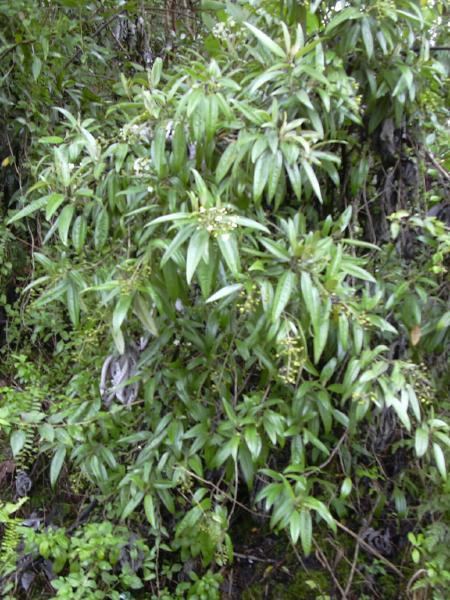Kingdom Plantae Family Melastomataceae Scientific name Tetrazygia bicolor | Order Myrtales Genus Tetrazygia Rank Species | |
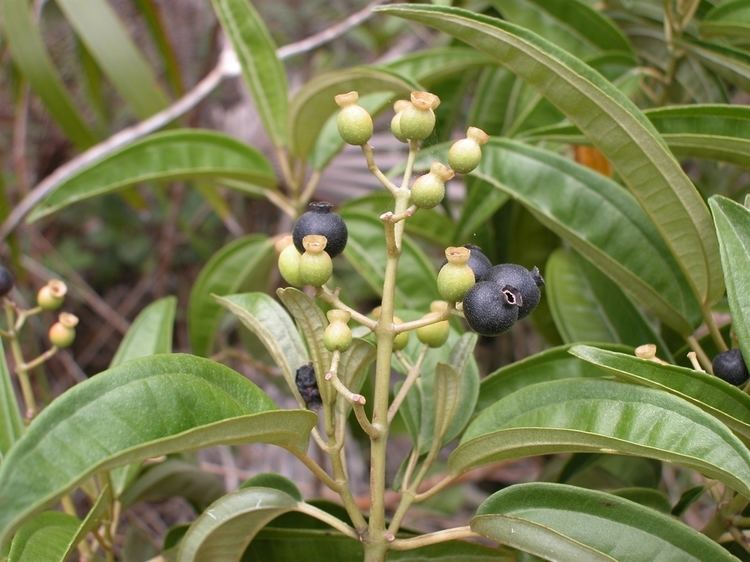 | ||
Similar Tetrazygia, Eugenia rhombea, Forestiera segregata, Chrysophyllum oliviforme, Randia aculeata | ||
Tetrazygia bicolor
Tetrazygia bicolor (Pronunciation: tet-truh-ZIG-ee-uh BI-cull-ler) is a species flowering plant in the glory bush family, Melastomataceae, that is native to southern Florida in the United States and the Caribbean. Common names include Florida clover ash, Florida tetrazygia and West Indian lilac.
Contents
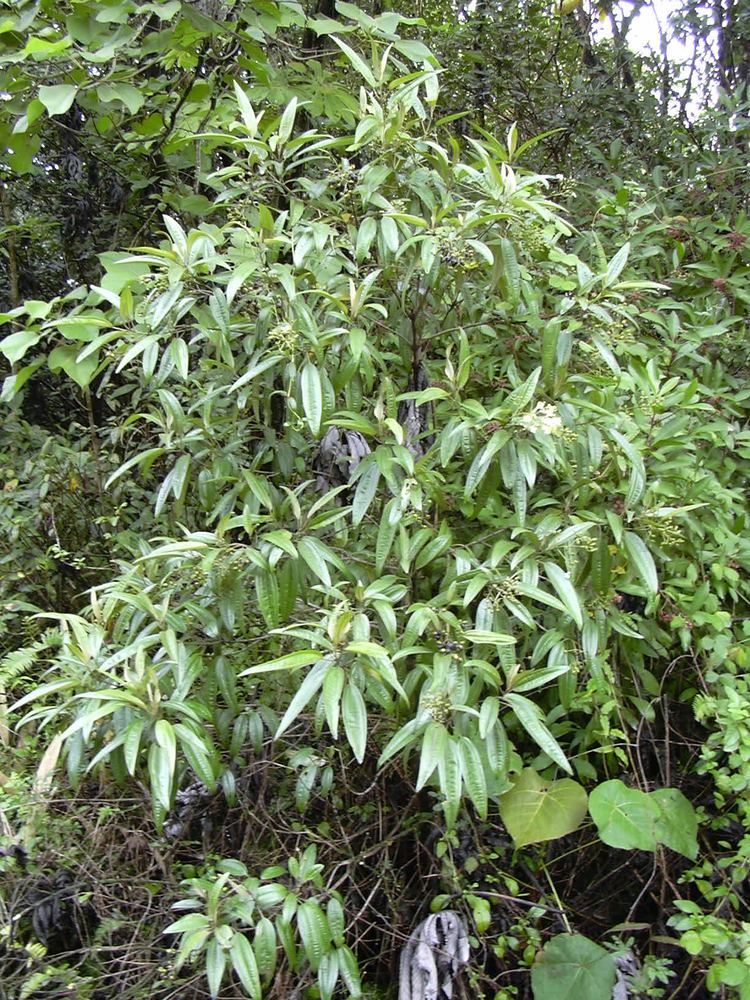
T. bicolor is a shrub that reaches a height of 3 to 9 m (9.8 to 29.5 ft). The shrub is multi-trunked, the stems' colour can be green or reddish. Its evergreen lanceolate leaves are 10 to 20 cm (3.9 to 7.9 in) long and have three parallel conspicuous veins which run lengthwise. The plant flowers during the spring and summer. The flowers are white or pinkish and the oval fruit is brown and attracts birds.
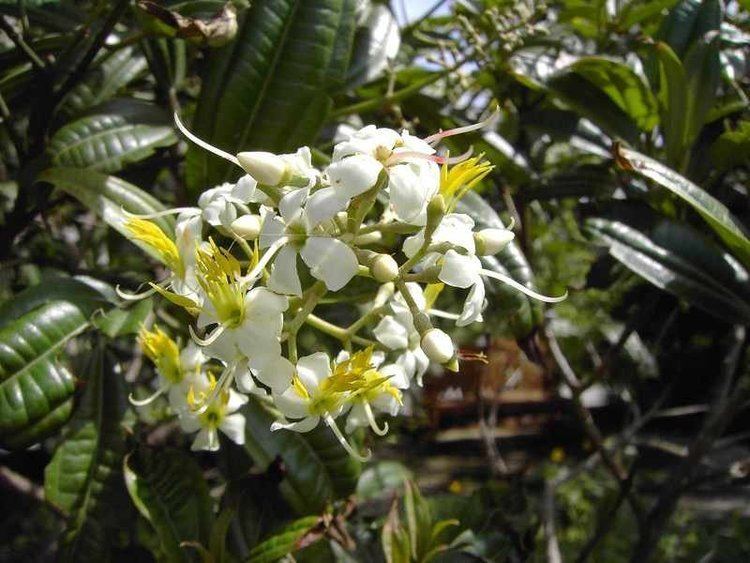
The shrub grows in the subtropical wetlands of Everglades. It prefers partial shade and grows in acidic, alkaline, sand, loam and clay soils. It has a high drought tolerance but will also grow on well-drained soils.

Popular Culture
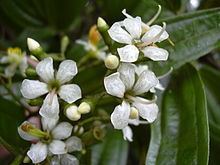
In the film Jurassic Park (1993) Dr. Ellie Sattler, in an attempt to diagnose a sick dinosaur, discovers West Indian lilac in the triceratops paddock. Dr. Sattler suspects the toxicity of the plant is the root cause of the Dinosaur's illness. After inspecting the dinosaurs droppings Dr. Sattler determines the animal is not grazing on the West Indian lilac.
